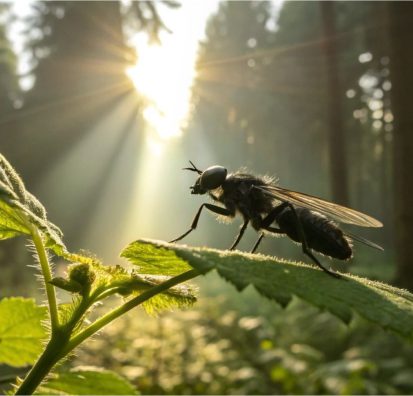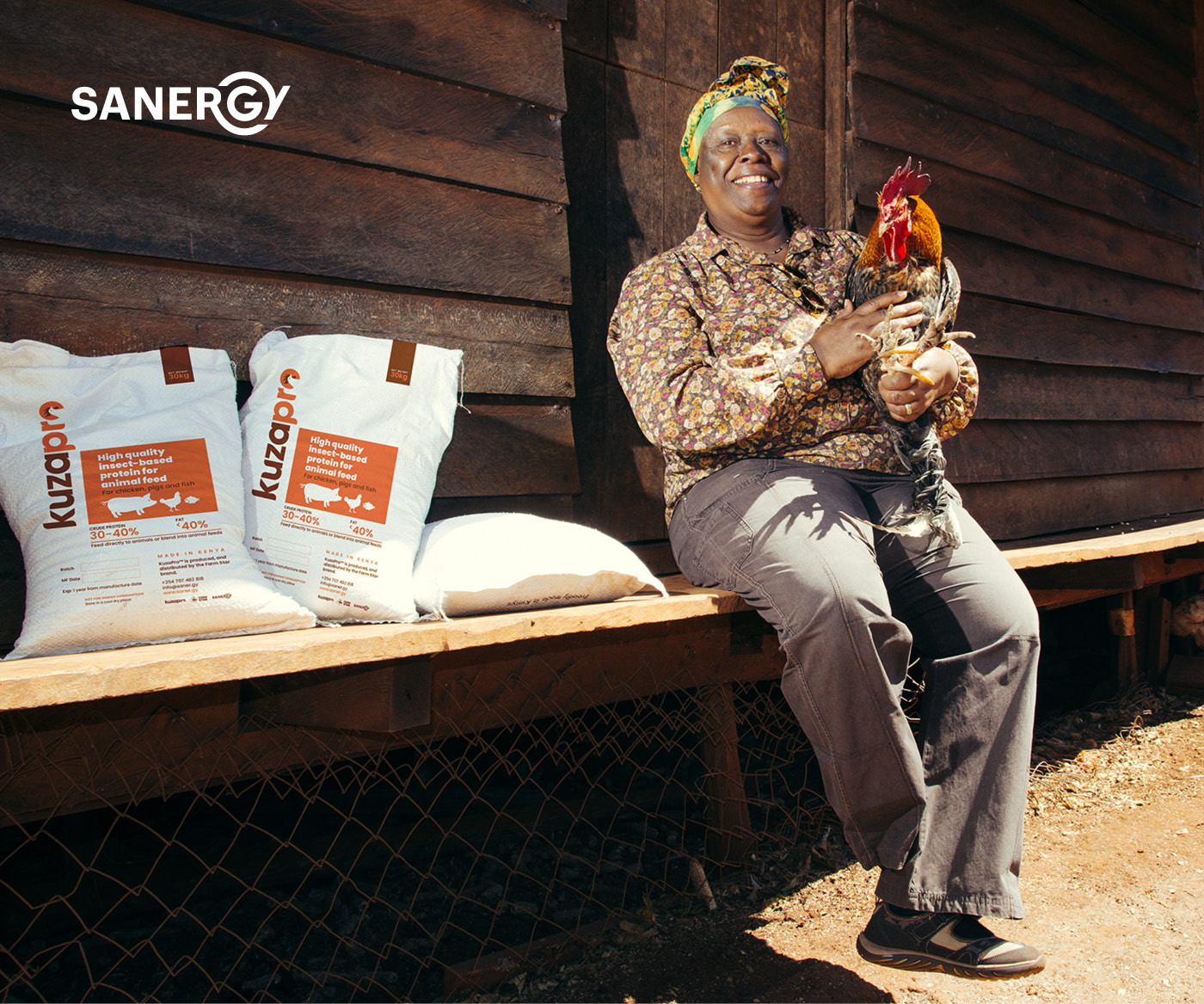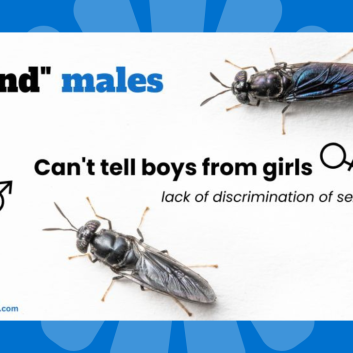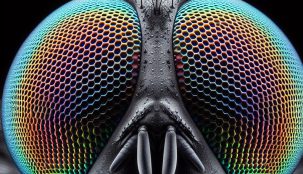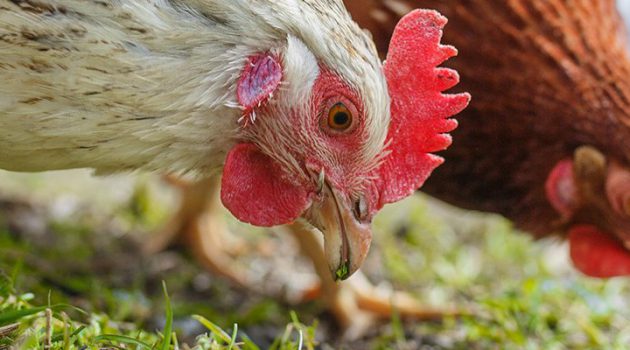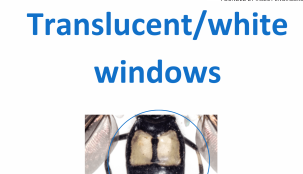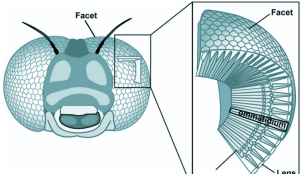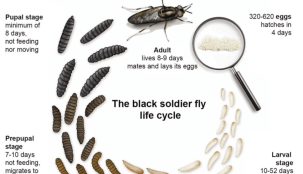How does light influence the mating behaviour of the BSF?
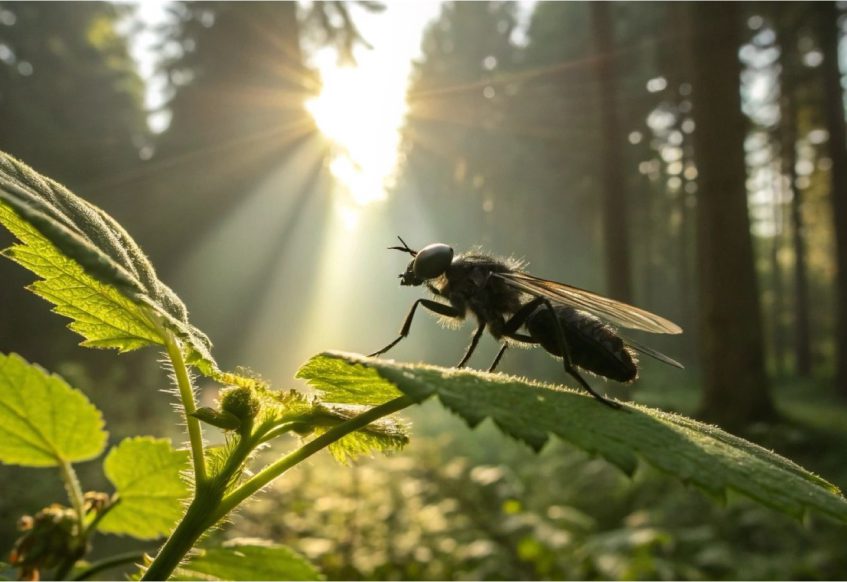
Light plays a critical role in the mating behaviour of the BSF. Under natural sunlight, mating activity is highest in the morning, beginning around 08:30 and peaking at 10:00, with optimal light intensity around 110 μmol·m⁻²·s⁻¹. Approximately 85% of mating occurs during this period, but activity declines when light intensity exceeds this threshold.
Artificial light can also stimulate mating, though its effectiveness depends on both intensity and spectral composition. A 500-watt quartz-iodine lamp (135 μmol·m⁻²·s⁻¹) successfully induced mating and oviposition, producing results comparable to those under sunlight. In contrast, a rare-earth lamp with higher intensity (160 μmol·m⁻²·s⁻¹) failed to stimulate mating, due to its limited wavelength range (350–450 nm).
Research suggests that BSF respond best to light in the 450–700 nm range, which includes blue, green, and red light. Insects cannot perceive wavelengths above 700 nm, and light sources emitting primarily outside this visible range are ineffective. Successful mating was also observed under LED, fluorescent, and halogen lighting—provided their spectra covered the critical wavelength range.
Overall, both the quality (wavelength) and quantity (intensity) of light are key to triggering BSF mating behaviour, with natural or well-designed artificial lighting being essential for indoor rearing and reproduction.
Q: How effective are artificial light sources in stimulating BSF mating?
A: Artificial light sources vary significantly in their effectiveness:
Quartz-Iodine Lamp: A 500-watt quartz-iodine lamp with a light intensity of 135 μmol·m⁻²·s⁻¹ stimulated mating and oviposition effectively, yielding approximately 40 mating pairs per day—about 39% fewer than under natural sunlight. However, larval, and pupal development times under this lamp were like those under sunlight.
Rare-Earth Lamp: Despite a higher light intensity of 160 μmol·m⁻²·s⁻¹, no mating activity was observed under the rare-earth lamp, indicating that intensity alone is not sufficient. Wavelengths also play a vital role.
Q: Why do some artificial lights fail to induce mating in BSF?
A: Some artificial lights fail to induce mating in BSF because they do not emit the specific wavelengths of light that the flies can detect and respond to. BSF, like many insects, are sensitive to light in the blue to green spectrum (450–700 nm). Light outside this range, particularly in the ultraviolet (<350 nm) or infrared (>700 nm) regions, is invisible or ineffective for stimulating mating behaviour.
For example:
- Rare-earth lamps, despite their high light intensity (~160 μmol·m⁻²·s⁻¹), do not stimulate mating because they emit primarily in the 350–450 nm range, which lacks the longer wavelengths (green to red) known to influence mating cues in BSF.
- In contrast, quartz-iodine lamps, which emit a broader spectrum including the critical 450–700 nm range, successfully induce mating—even at slightly lower intensities.
In short, it is not just the brightness of the light that matters, but the composition of its wavelengths. For effective mating stimulation, the light must match the BSF’s visual sensitivity, which is tuned to specific portions of the visible spectrum. Lights that fall outside these effective wavelengths, even if intense, are unlikely to trigger mating behaviour.
Q: What is the role of different wavelengths in BSF mating?
A: Different wavelengths of light play a crucial role in stimulating mating behaviour in BSF. BSF, like many insects, are sensitive to specific parts of the visible light spectrum—particularly within the 450–700 nm range, which includes blue, green, and red light.
Key points:
- Effective Wavelengths: Mating activity in BSF is strongly influenced by light in the blue to red spectrum (450–700 nm). This range aligns with the flies’ visual sensitivity and is essential for triggering courtship and mating behaviour.
- Ineffective Wavelengths: Light outside this range, such as ultraviolet (<350 nm) and infrared (>700 nm), is not detected by BSF and does not stimulate mating. For example, the rare-earth lamp, which emitted mostly 350–450 nm wavelengths, failed to induce mating despite high light intensity.
- Photoreceptor Sensitivity: Research shows that many Diptera species, including BSF, have photoreceptors tuned to high blue or low green light (peak sensitivity around 480–530 nm), suggesting these wavelengths are particularly important for visual signalling related to mating.
- Artificial Light Performance: Artificial light sources like LEDs, fluorescent lamps, and halogen lamps that emit across or include the 450–700 nm range successfully stimulated mating and oviposition. The spectral coverage—not just light intensity—determines effectiveness.
In summary, BSF mating behaviour is wavelength-dependent, with optimal stimulation occurring under light that mimics the spectral qualities of natural sunlight—especially in the 450–700 nm range. Tuned artificial lighting is essential for successful indoor BSF breeding.
Q: How does seasonal variation affect BSF mating?
A: BSF mating is significantly influenced by natural light conditions. The highest number of mating pairs is observed under direct sunlight, while fewer mating events occur during winter or on overcast days. This further highlights the importance of sufficient light intensity and appropriate wavelengths for successful mating.
Briscoe, A. D., & Chittka, L. (2001). THEEVOLUTION OFCOLORVISION ININSECTS. Annual Review Of Entomology, 46(1), 471–510. https://doi.org/10.1146/annurev.ento.46.1.471
Heussler, C. D., Walter, A., Oberkofler, H., Insam, H., Arthofer, W., Schlick-Steiner, B. C., & Steiner, F. M. (2018). Influence of three artificial light sources on oviposition and half-life of the Black Soldier Fly, Hermetia illucens (Diptera: Stratiomyidae): Improving small-scale indoor rearing. PLoS ONE, 13(5), e0197896. https://doi.org/10.1371/journal.pone.0197896
Zhang, J., Huang, L., He, J., Tomberlin, J. K., Li, J., Lei, C., Sun, M., Liu, Z., & Yu, Z. (2010). An Artificial Light Source Influences Mating and Oviposition of Black Soldier Flies, Hermetia illucens. Journal Of Insect Science, 10(202), 1–7. https://doi.org/10.1673/031.010.20201
Comments on this post
Comment posted by Dawid Diedericks:
This is amazing,
For many years I read many articles about BSF farming.
This article of you are very good 👍
Thanks for sharing.
